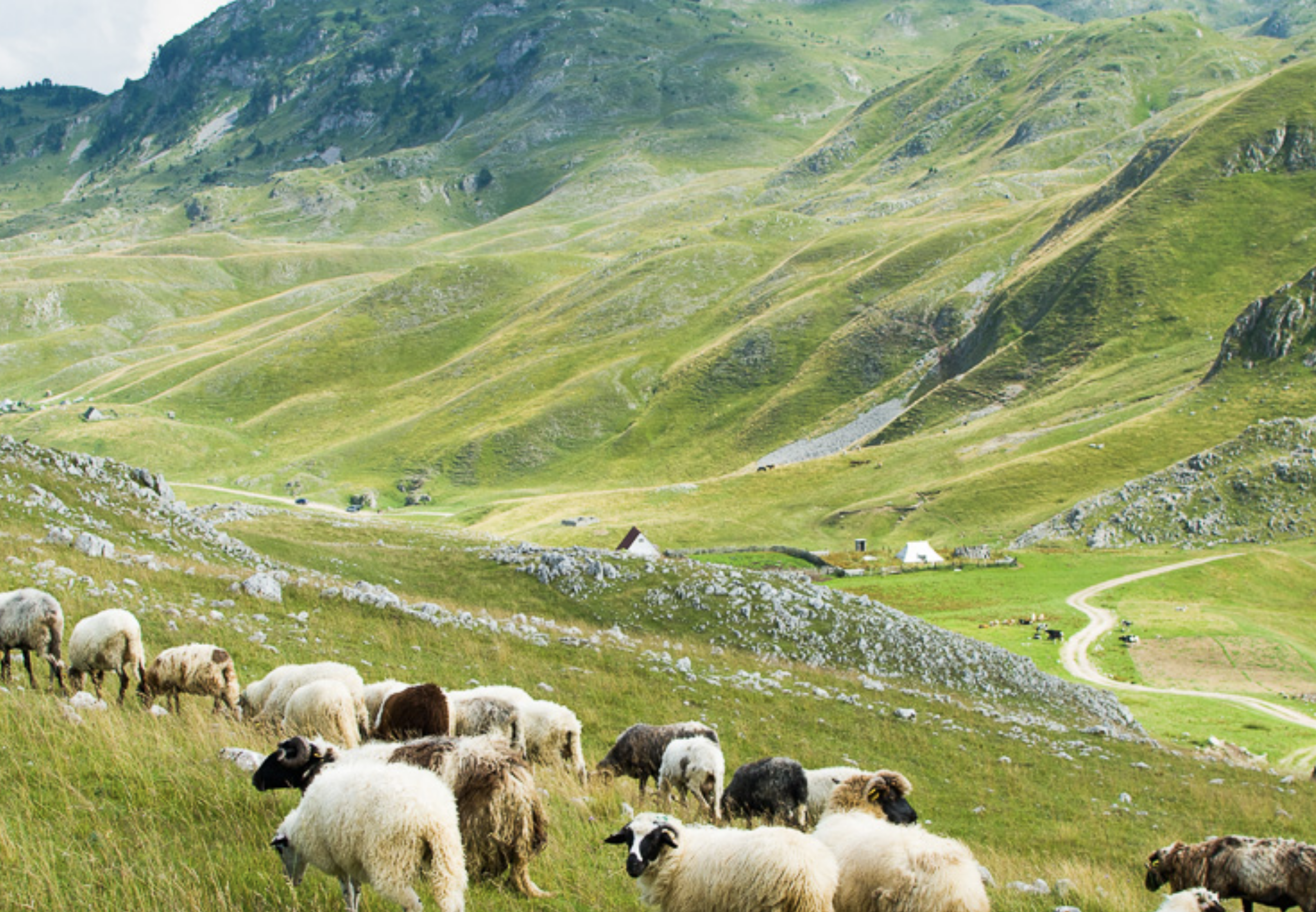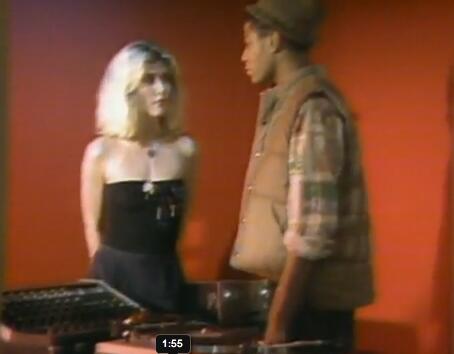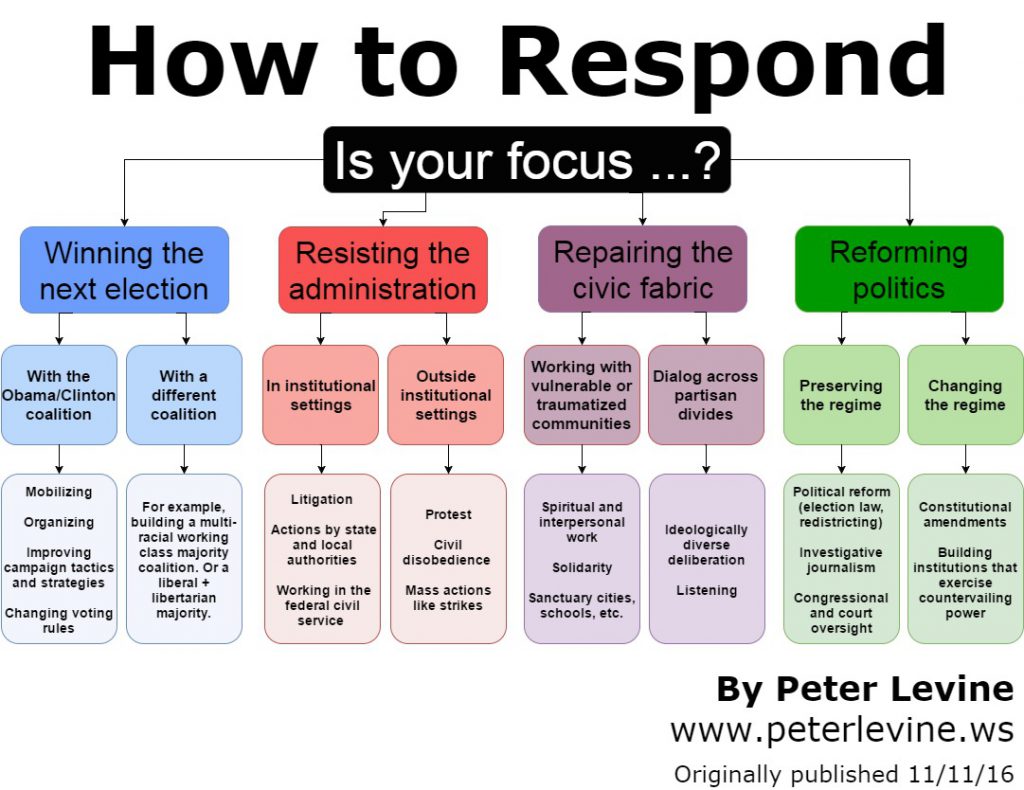Update, December 14: The campaign to protect Montenegro's Sinjajevina pastoral commons and the communities that steward them has succeeded for now! More at this excellent overview piece by Pablo Dominguez at FreedomNews.org.
For years, the US Navy deliberately used the lush Caribbean island of Vieques, Puerto Rico, for target practice. It shot all sorts of projectiles onto the island until 2003, when huge public protests and civil disobedience made the wanton destruction too hot for the Navy. It withdrew from Vieques, by then a severely contaminated tropical wasteland that is being "cleaned up" (if possible) and turned into a wildlife refuge.
Now we are at the dawn of a similar situation in the highland pastures of the Balkans known as Sinjajevina.The region’s large mountain grasslands – home to eight native tribes with 22,000 people and a rich biodiversity – has been used for centuries as pastoral commons, “katuns.” The area’s biodiversity is recognized by two nearby UNESCO World Heritage sites. Until recently, Sinjajevina had been a place of stable lives lived in happy coexistence with the land.
 Obviously, such things cannot be allowed.The government of Montenegro, supported by key NATO allies, has established a military training ground on the pastoral commons. NATO saw no need to hold any public hearings or consultations with the people who live there. With the government’s assent, it just barged right in, sidelining government plans for a regional park to protect the local ecosystem and communities.
Obviously, such things cannot be allowed.The government of Montenegro, supported by key NATO allies, has established a military training ground on the pastoral commons. NATO saw no need to hold any public hearings or consultations with the people who live there. With the government’s assent, it just barged right in, sidelining government plans for a regional park to protect the local ecosystem and communities.
It is astonishing that these developments have received virtually no European or American press coverage. This is surely because Montenegro is a small nation and a supplicant to Europeans. It wants to join the European Union. Its government is surely disinclined to object to the military intrusion on its lands while trying to join the EU. Farmers from Sinjajevina and local activists are demanding that the Montenegrin parliament urge the EU Commissioner, Olivér Várhelyi, to suspend EU membership talks until it stops militarizing Sinjajevina.
A resistance movement has sprung up to fight NATO’s intrusion, however. A basic challenge is making this issue known to the wider world, especially Europe. First: if you’d like to learn more, here is a blog for the resisting commoners.And here is the hashtag they are using – #MissionPossible.
I encourage you to sign the petition that will be sent to the European Union and the EU Commissioner for Neighbourhood and Enlargement, Olivér Várhelyi.The petition demands EU solidarity with the local communities of Sinjajevina and their ecosystems; removal of the military training ground as a precondition for Montenegro’s EU membership; and creation of a community protected area in Sinjajevina.





